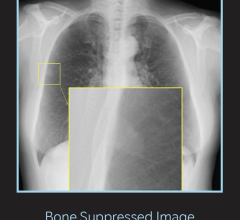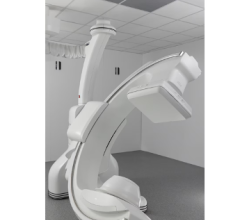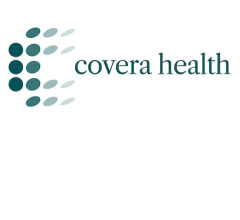Since the advent of computed tomography (CT) scans in the early 1970s, this technology has become increasingly critical to the standards of care. Over the same time, manufacturers have continuously delivered innovative advances to CT technology, including reductions in medical radiation, while maintaining crisp, clear images.
As the technology has become more accessible it has enabled us to detect disease earlier, save more lives and reduce mortality. A study released by the National Cancer Institute (NCI) demonstrates that low-dose CT scans are proven to be effective at saving lives, reducing lung cancer related deaths by as much as 20 percent in high-risk populations and by 7 percent for all mortality.
However, this technology must be carefully managed, monitored, tracked and double-checked. The members of the Medical Imaging and Technology Alliance (MITA) are committed to further reducing medical radiation and working with all parties responsible for patient care to ensure CT technology is used properly and responsibly.
Manufacturers have a long history of reducing radiation dose via new hardware and software innovations. This past year, manufacturers introduced a new CT Dose Check Initiative, an industry-wide commitment that new CT products will include additional radiation safeguards: a new radiation dose notification and dose alert features that can help reduce radiation dose and medical errors. Additionally, a new dose recording feature will track dose levels to help providers understand how their facility compares to local and national standards. CT manufacturers have already begun shipping equipment with these new features.
In June 2010 MITA, along with the Advanced Medical Technology Association (AdvaMed), also rolled out the Radiation Therapy Readiness Check Initiative, which further enhances the safety of radiation therapy equipment through the development and implementation of additional patient protection features. These features verify that patient treatment plans are delivered as intended, and that radiation therapy equipment, accessories and patients are properly positioned prior to delivery of therapy.
Such innovations build on a long history of industry efforts to advance patient safety measures — including equipment safety standards, protocol development, quality and safety checks, provider education programs and physician-developed medical guidelines — to minimize radiation dose as much as possible and to provide even greater degrees of coordination, transparency and reporting in the delivery of medical radiation.
MITA members continue to incorporate the radiation dose management and optimization principle, As Low As Reasonably Achievable (ALARA), into all imaging procedures and technologies. We also collaborate with other stakeholders in the medical community on related initiatives, such as the Image Gently campaign, aimed at raising awareness of the opportunities to lower radiation dose in the imaging of children. Moreover, MITA is also on the record as a staunch supporter of certification of equipment operators, accreditation of imaging facilities, uniform dose recording standards for imaging data and standardized reporting of medical errors associated with imaging and radiation therapy equipment.
Manufacturers’ proactive efforts to reduce radiation dose while continuing to improve image quality and effectiveness are an important medical success story. These innovative and life-saving technologies are allowing doctors to detect, diagnose and treat patients earlier than ever before, saving and improving millions of lives. A National Bureau of Economic Research study revealed that cancer imaging innovation accounted for 40 percent of the reduction in U.S. cancer deaths between 1996 and 2006, which makes it most likely the largest single contributor to decreased cancer mortality during this decade.
Imaging manufacturers remain true to our pledge to ensure all patients have access to the right scan – with the right radiation dose – at the right time, and will continue to do our part to ensure every imaging procedure is both safe and medically appropriate for the patient’s condition. We look forward to continuing to work with fellow industry stakeholders, the U.S. Food and Drug Administration and patients to further reduce unnecessary radiation exposure from medical imaging.
Dave Fisher is the executive director of the Medical Imaging and Technology Alliance (MITA), a division of NEMA, the Association for Electrical and Medical Imaging Manufacturers, which is the collective voice of medical imaging and therapy equipment manufacturers, innovators and product developers. For more information: www.medicalimaging.org


 December 10, 2025
December 10, 2025 









